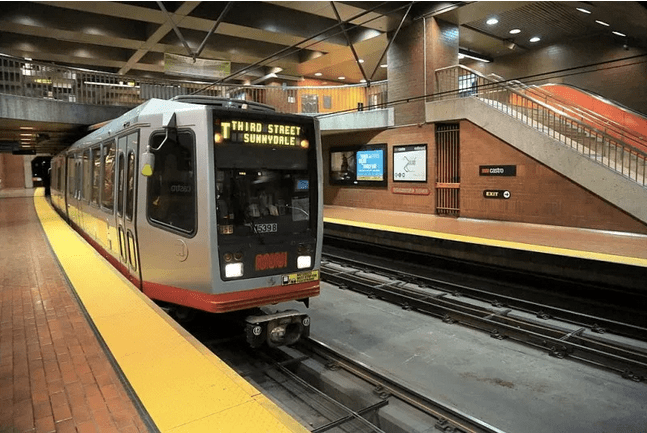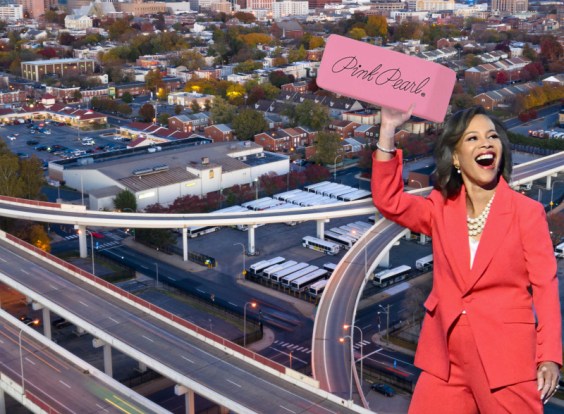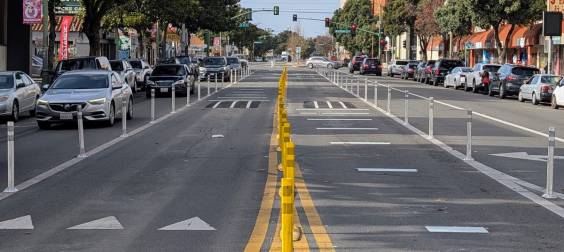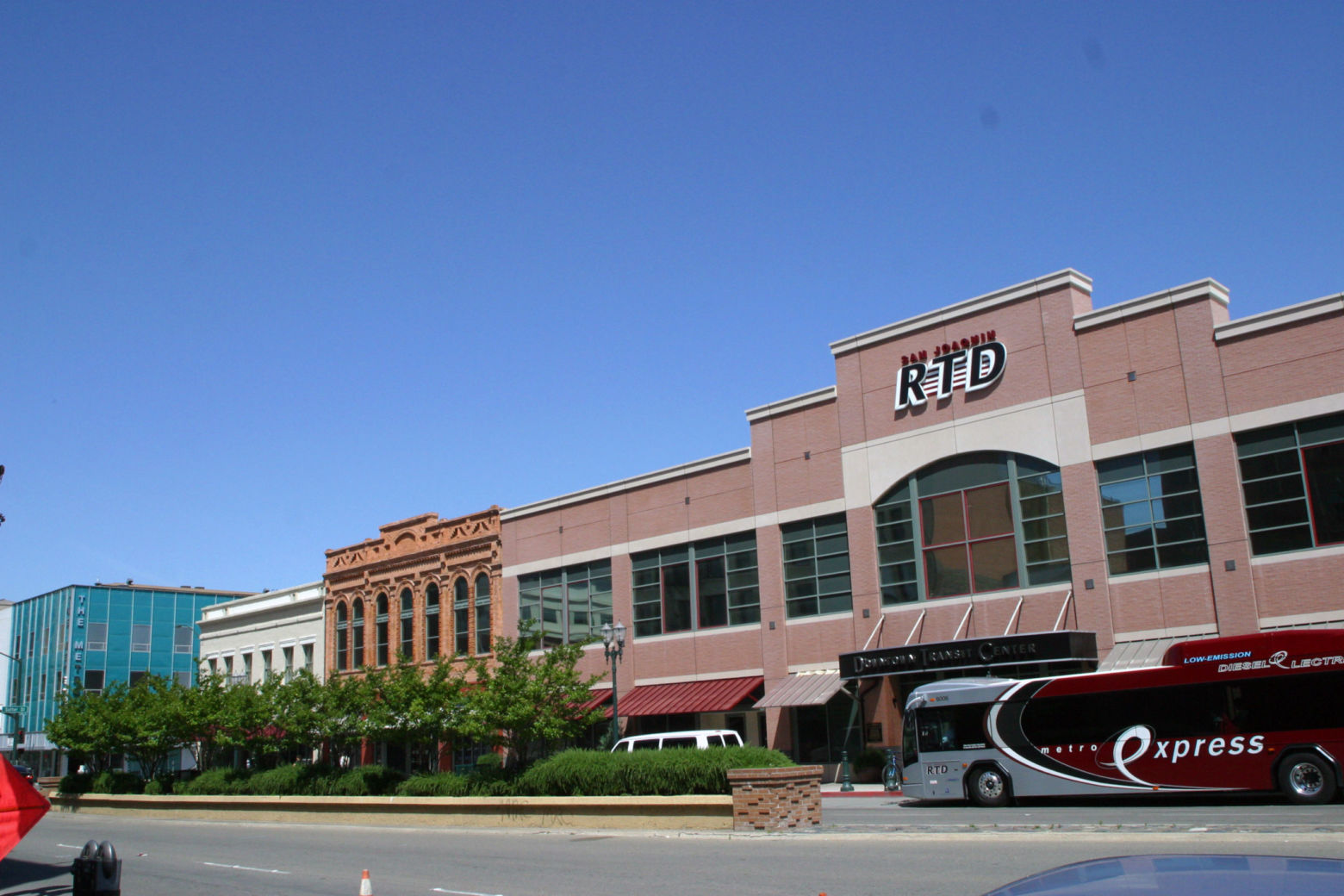Note: GJEL Accident Attorneys regularly sponsors coverage on Streetsblog San Francisco and Streetsblog California. Unless noted in the story, GJEL Accident Attorneys is not consulted for the content or editorial direction of the sponsored content.
SFMTA plans to resume rail service, which has been stopped since the end of March due to precipitous drops in ridership thanks to COVID, in August. However, the J Church, L Taraval, and K Ingleside trains will be banished from the subway tunnel.
From an SFMTA release:
The J Church and K Ingleside lines can only support one-car trains due to surface-level constraints, while the N Judah, M Ocean View, T Third and S Shuttle can accommodate two-car trains. One-car trains take up the same “slot” in the subway as a two-car train. By devoting the tunnels to the higher capacity routes, we could be using the space in our subway much more efficiently. And with ridership volumes, it currently makes the most sense to combine the K Ingleside and L Taraval lines.
Actually, as director Jeffrey Tumlin points out, the S Shuttle can accommodate three-car trains:
However, that's going to mean big adjustments for L, K, and J commuters. L and K riders heading downtown will have to change at West Portal. And J riders will have to change at Church. This map shows what the new service will look like:
In fact, as the map shows above, the N Judah will be the only train that is unchanged. Trains on the M line, rather than the K, will become T Third trains and continue south from the Embarcadero. "This is the time to try out new ideas, and we've been talking about these kinds of changes for a while," the San Francisco Transit Riders Cat Carter told Streetsblog.
There's more to this than getting additional two (and three) car trains into the tunnels. This plan should reduce delays caused by N and J trains shuffling for slots at the subway entrance at Duboce and Church. And it'll reduce the backup coming into and out of the Twin Peaks Tunnel at West Portal. And it means three fewer lines in the subway that are at the mercy of delays from street traffic (and, one can hope, SFMTA will also do everything possible to give all trains signal pre-emption when they're on the surface so they aren't subject to the vagaries of traffic in the first place).
But "Will the surface tracks get the transit priority they need?" asked Carter. The group has launched a 'Put Muni First' petition to push for it.
"This service change reflects Muni effectively shifting its goal from 'how do we give as many people as possible a one-train ride to and from downtown' to 'how can we provide the most reliable, fast, and frequent transit possible to as many people as possible using our infrastructure?'" wrote Seamless Bay Area's Ian Griffiths, in an email to Streetsblog. "Shifting to the latter goal means that Muni prioritizes moving as many people as possible through its downtown subway tunnels, getting them to their destinations faster and more reliably."
Griffiths would like this philosophy to apply across operators. For example, this approach could solve "...the 14 and the 14R on Mission running full when there's plenty of BART capacity between 24th and 16th and the downtown SF stations during much of the day; similarly, the International Boulevard or San Pablo Avenue AC Transit bus lines running full and duplicating BART service running nearby." He'd like riders to at least have the option of switching to BART without the current fare penalty.
"If we applied this same network logic to the Bay Area transit systems as a whole," he added, "and combined it with fare policies that eliminated the cost of transferring between agencies, we'd find many similar, low-cost opportunities to improve service, efficiency, and reliability across the whole region."
Carter, meanwhile, also wants to make sure SFMTA communicates the changes well and helps riders navigate the adjusted system. "We want to make sure we're not just putting transit first, but putting riders first."
Check out the SFMTA's post for full details on how the Muni changes should improve performance. And let us know what you think of the changes and any others you might make.
And don't forget to sign the Transit Riders' "Put Muni First" petition!






